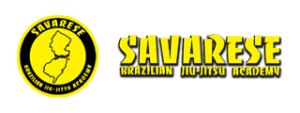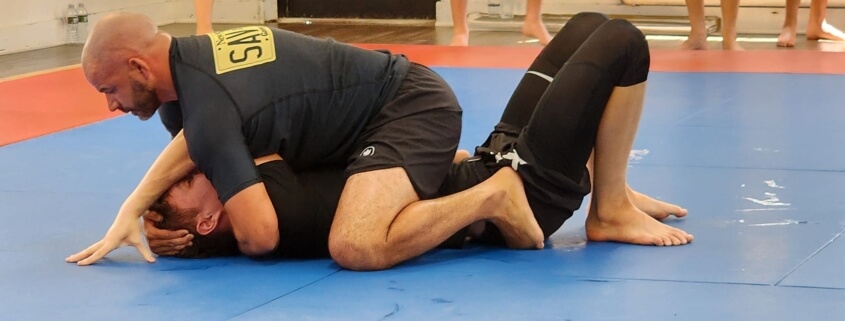Base in Jiu-Jitsu
Base in Jiu-Jitsu
A common question i get is about base in Jiu-Jitsu. The more explosive and powerful your opponent is on bottom the greater the need for a wide base of support to prevent being unexpectedly turned over. However, that wide base often comes at the price of control. Since your hands and feet are wide apart on the floor there is nothing holding your opponent and hence a lack of control. Your goal will be to find a satisfactory relationship between your need for a wide base of support and some kind of controlling grip that maintains enough control to get the job done while maintaining that wide base. Trapping your opponent’s head between an underhook and your own head is often the best choice. This does a good job of keeping a satisfactory compromise between width of base and physical control over the opponent. Control grips have made it easier to maintain control during transitions. Definitely a necessity. Often, many people think of ‘base’ as stability and being hard to move. While that may be partially true, but that there’s way more to it than that. To illustrate this point, lets just suppose you’re spread-eagled on the floor. In that position, you’re definitely stable and very hard to move, but you’re definitely not posing a danger to anyone and are very likely to get submitted in a hurry. Instead, a more useful definition of base “A platform from which to apply and absorb force.” Most of the time you’ll be pushing off your opponent to generate base, but sometimes it’ll be a wall, the cage, a car, any object, or your opponent. If you have good base then it’s hard for your opponent to push you or pull you around. But, at the same time, if you suddenly decide that you want to move your opponent, you are in a much better position to do so.



